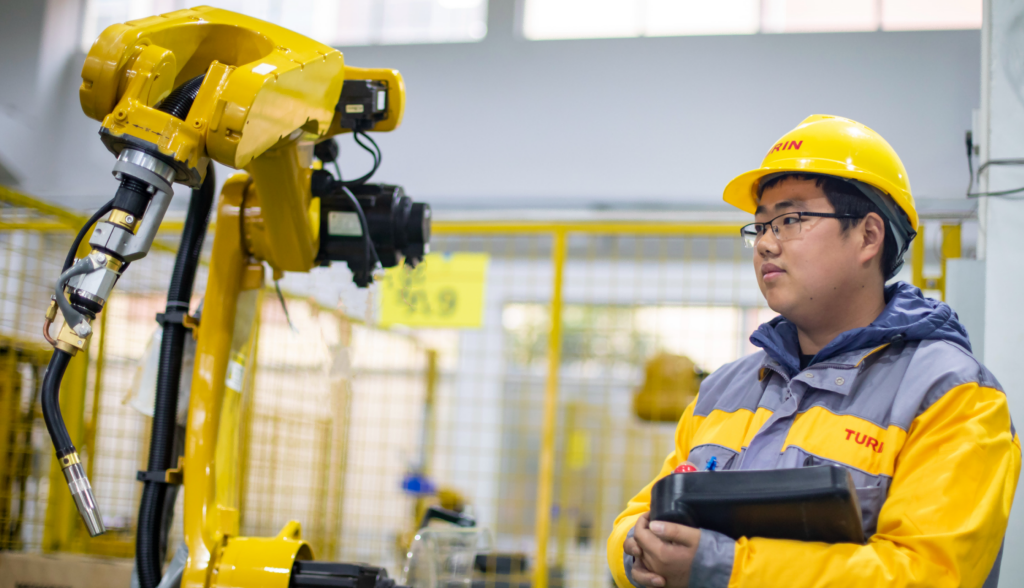Weld Seam Tracking Sensors: Daily Maintenance and Upkeep Tips
Release time:
2023-05-30
Weld seam tracking sensors are essential equipment in modern welding technology. They enable automatic welding and improve welding quality by precisely tracking the position of the weld seam
Weld seam tracking sensors are essential equipment in modern welding technology. They enable automatic welding and improve welding quality by precisely tracking the position of the weld seam. However, like any other machine equipment, weld seam tracking sensors require daily maintenance and upkeep to ensure their stability and reliability.
In this article, we will provide a detailed introduction to the daily maintenance and upkeep of weld seam tracking sensors, including cleaning, adjustment, inspection, and maintenance. By following these guidelines, you can ensure the long-term stable operation of your weld seam tracking sensors and increase production efficiency while reducing costs.

Daily Maintenance and Upkeep of Weld Seam Tracking Sensors
Cleaning
Weld seam tracking sensors can be affected by various pollutants such as dust, grease, and welding slag during use, which can affect the accuracy and sensitivity of the sensor. Therefore, it is necessary to regularly clean the weld seam tracking sensor. When cleaning, use a clean brush or soft cloth to wipe the surface of the sensor. Avoid using cleaning agents containing chemical components or items with corrosive properties that can damage the sensor.
Adjustment
Weld seam tracking sensors may experience errors or deviations during use and require timely adjustment. Before adjustment, it is necessary to understand the motion pattern of the welding robot, determine the position and angle of the sensor, and the shape and position of the weld seam. Then, adjust the sensor according to the situation of the weld seam and the indication of the sensor. Note that the adjustment process should be slow and step-by-step to avoid significant errors.
Inspection
Weld seam tracking sensors may be damaged or malfunction during use and require regular inspection. Inspection content includes checking whether the electrical connections of the welding robot are loose, whether the various parts of the sensor are damaged or worn, and whether the sensor's circuit and controller are working correctly. If a problem is found, repair or replace it promptly.
Maintenance
In addition to daily cleaning, adjustment, and inspection, weld seam tracking sensors also require regular maintenance. Maintenance includes replacing the sensor's parts, lubricating the moving parts of the sensor, and regularly calibrating and inspecting the sensor. Regular maintenance can extend the life of the sensor, improve its reliability and stability, and reduce failures and downtime, thereby increasing production efficiency and reducing costs.
In conclusion, the daily maintenance and upkeep of weld seam tracking sensors are crucial for their normal use and long-term stable operation. Correct maintenance and upkeep can ensure the accuracy and stability of the sensor, improve welding quality, reduce failures and downtime, and increase production efficiency and reduce costs. Therefore, pay attention to the operation status of weld seam tracking sensors, keep them clean, adjust and inspect them regularly, and conduct regular maintenance to ensure their stable operation and efficient work in welding production.
Shanghai Turin Smart Robot Co.,Ltd.
Building 3, No. 361, Meipu Road, Baoshan District, Shanghai

Messages

